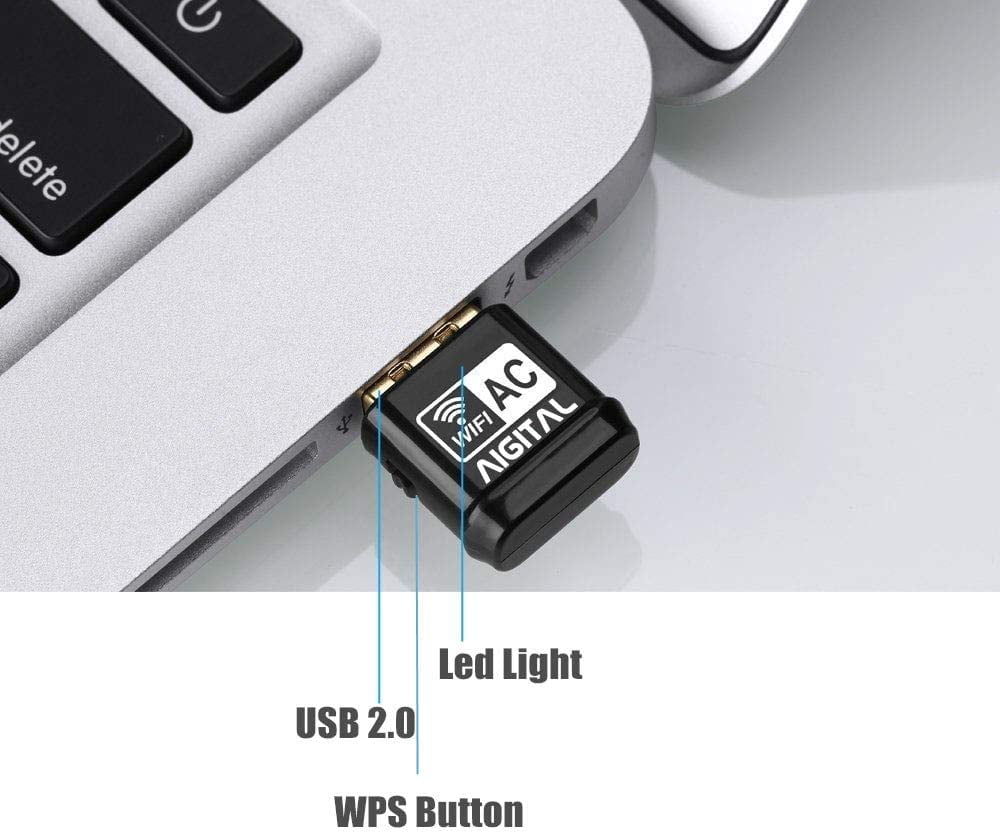

- #USB WIFI BOOSTER FOR MAC MANUAL#
- #USB WIFI BOOSTER FOR MAC PASSWORD#
- #USB WIFI BOOSTER FOR MAC MAC#
The D-Link Wireless N300 Range Extender DAP-1320 turned in speeds of 35Mbps on the close proximity test and 19Mbps at 50 feet, but it also had trouble at 75 feet (0.2Mbps). It measured 39.2Mbps on the close-proximity test and 18Mbps at 50 feet, but could not maintain a signal at the 75-foot mark. Performance on the 2.4GHz band in testing was relatively good at close range, but faltered as I moved further away. The DAP-1650's throughput of 39.5Mbps at 75 feet is the highest we've seen to date, edging out the Netgear EX7000 (31.1Mbps). At a distance of 50 feet, the DAP-1650 measured a throughput speed of 45.8Mbps, once again surpassing the Amped REA20 (44Mbps) and the D-Link DAP-1520 (32Mbps), and trailing the Netgear EX7000 (105Mbps) by a hefty margin. On the close proximity (same room) test, its average throughput of 63.6Mbps eclipsed the Amped Wireless High Power 700mW Dual Band AC Wi-Fi Range Extender (REA20) (50Mbps) and the D-Link Wi-Fi Dual Band Range Extender (DAP-1520) (34Mbps), but it fell way short of the Netgear EX7000 (179Mbps). The DAP-1650 turned in impressive results on our 5GHz throughput tests. After 60 seconds or so, the device rebooted and was ready to go.

#USB WIFI BOOSTER FOR MAC PASSWORD#
I hit Connect, entered my Wi-Fi password, and entered a password for the extender. Within 10 seconds it found my network and displayed its signal strength (100%). Next, I gave both bands an SSID name and a password and let the extender scan for available networks. I used the Wi-Fi Connection Setup Wizard and selected Extender as the wireless mode.
#USB WIFI BOOSTER FOR MAC MAC#
The device offers WPA, WPA2, and WPS security settings, as well as Quality of Service (QoS), MAC address filtering, and guest-zone features. The Media Server settings let you configure the DAP-1650 as a Digital Living Network Alliance (DLNA) server and an iTunes server, allowing you to share music, pictures, and video across the network. Network settings include IPv4 connection types (DHCP or Static) and IPv6 connection types (Link-local, AutoConfig, or Static). Here, you can change the SSID, switch networking modes, specify transmission rates, and select channel width for each wireless band.
#USB WIFI BOOSTER FOR MAC MANUAL#
The DAP-1650 uses a Web-based management console that includes a Wi-Fi Connection Setup Wizard and a handful of manual settings, with helpful tips for each setting. There are four internal antennas (two for each band), and the device supports 802.11a/b/g/n/ac networking protocols.

The USB port can be used to connect USB drives for file sharing, but it's USB 2.0 rather than the faster USB 3.0. The front of the device has a power status indicator and an Internet status indicator, and around back are four gigabit Ethernet ports, a Reset button, a Wi-Fi Protected Setup (WPS) button, a Power button, and a USB port. It measures 5.76 by 3.7 by 4.6 inches (HWD) and has a black, semi-gloss finish with a circle of red trim on top. With its cylindrical shape, the DAP-1650 looks nothing like a typical range extender. Its price tag is fairly reasonable, compared with our top pick for range extenders, the Netgear Nighthawk AC1900 Wi-Fi Range Extender (EX7000), but it can't match the Nighthawk's performance or feature set. More than just a range extender, the DAP-1650 can be pressed into service as an access point or a media bridge, and it offers solid 5GHz throughput speed and range. If you're having trouble maintaining a strong wireless signal in parts of your home or office, the D-Link AC1200 Dual Band Gigabit Range Extender DAP-1650 ($89.99) can help.


 0 kommentar(er)
0 kommentar(er)
